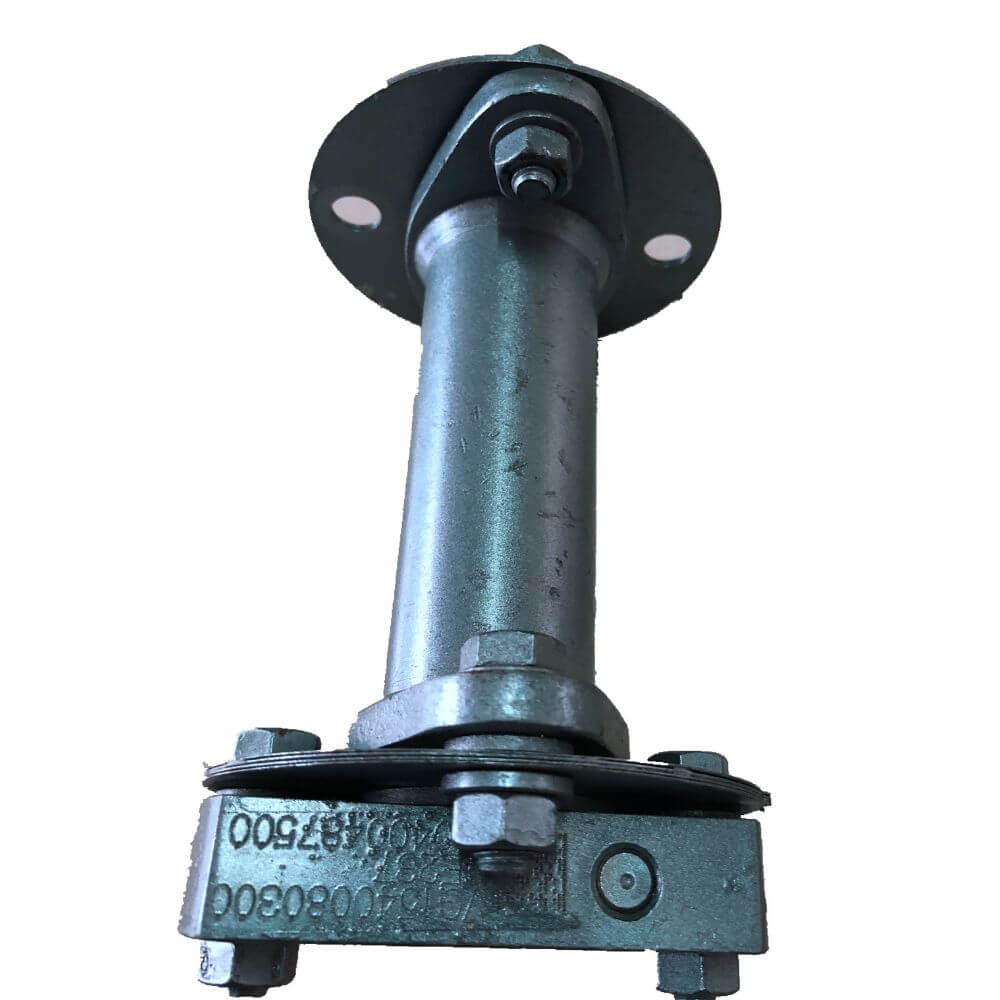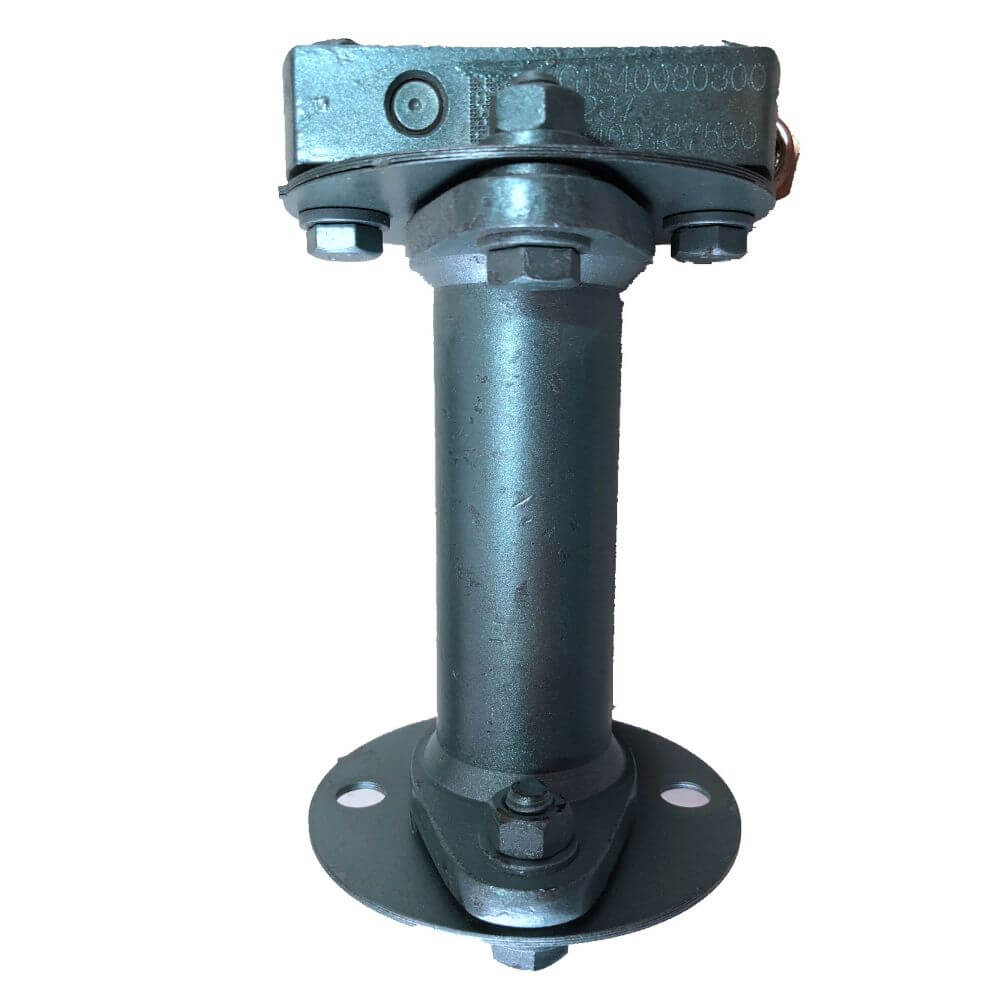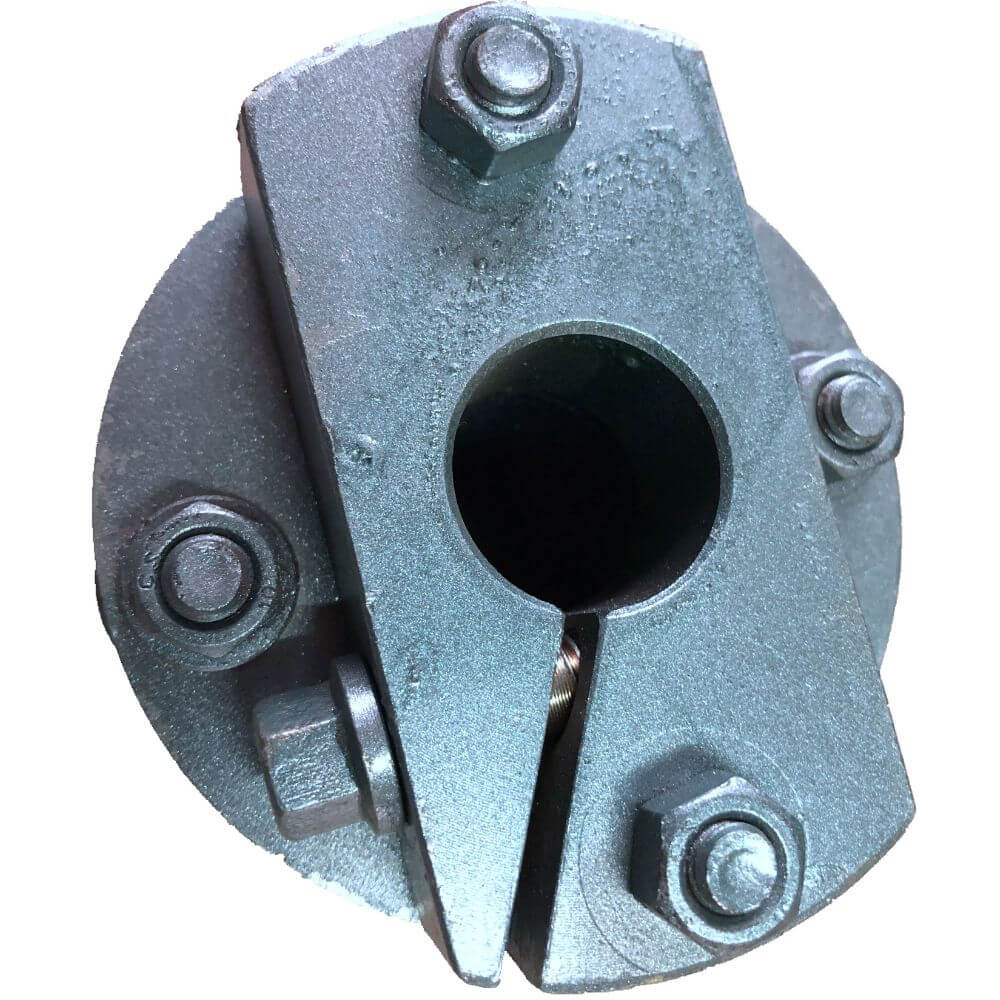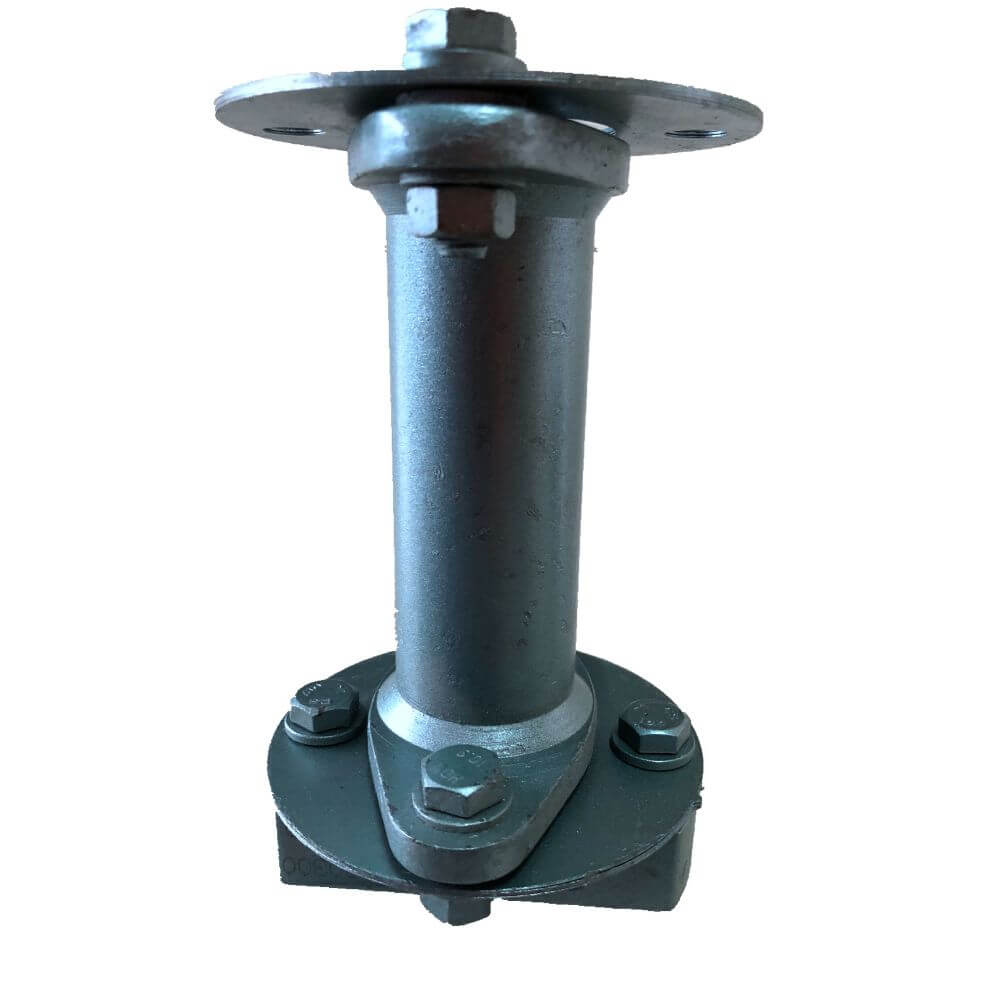Coupling Assembly is a mechanical component used for firmly connecting the driving and driven shaft in different mechanisms to rotate together while transmitting motion and torque. It can also be used for connecting the shafts and other parts sometimes, such as gears, pulleys, etc. It is often divided into two halves, which are respectively connected by keys or tight fittings, and are fastened at the ends of the two shafts. The Inspiring’s heavy-duty truck coupling assembly can also provide a solution to the offset (including axial offset, radial offset, angular offset, or comprehensive offset) between the two shafts due to inaccurate installation, deformation, or thermal expansion. Most coupling assemblies in the market have been standardized, which makes it much simpler to select the proper type, model, and size. The loading capacity can be checked and calculated for its vulnerable part, while the centrifugal force of the outer edge and the deformation of the elastic element should also be checked.
The coupling assembly is a critical and complex part of the drive train. It can provide means for connecting the driving and driven shafts together to transmit motion and torque, while typically consisting of two parts. A female part rotates with the driving shaft and a male part rotates with the driven shaft. The outer surface of the female half of the coupling assembly is splined, which allows it to rotate on the fixed-length shaft in conjunction with a splined collar on the male section. This type of drive mechanism can provide additional flexibility and durability due to self-centering ability, as well as allow for high load capacity and accurate positioning.
Coupling assembly can be divided into two types: rigid coupling assembly and flexible coupling assembly. The rigid coupling assembly does not have buffering properties and the ability to compensate for the relative displacement of the two axes which requires strict alignment.



